Westmount places:
Winchester Avenue
The history behind the familiar: the former residents that called Winchester Avenue their home
By Michael Walsh
February 10, 2022
Our lodgings are very comfortable. We have a neat little drawing-room with a bow window overlooking Dr. Gabell’s garden.
– Jane Austen’s final days, Winchester, May 27, 1817
I have often wondered why Winchester Avenue is referred to as “Winchester near Prince Albert.” Perhaps it is an overlooked street shunned by drivers and pedestrians. The former cannot find available parking, and the latter prefers the commercial establishments located steps away on Sherbrooke Street. As such, the street exudes a peaceful stillness that is common to many of Westmount’s smaller thoroughfares.
What is most interesting about the street is its unremarkable history. Most streets, as they mature, go through various stages of upheaval such as name changes, residential petitions, expropriations, land disputes, contested property evaluations and shared usage by public transit companies. None of these occurred on Winchester Avenue.
‘Despite its unremarkable history, the street exudes a peaceful stillness that is common to many of Westmount’s smaller thoroughfares.’
In fact, the early residents included blacksmiths, railway staff, company managers and a brewmaster. The only mention, of note, occurs in the Council proceedings where two lots (numbered 208 and 214) “known as Winchester Avenue” were ceded to the town by J. C. Bulmer in May 1896.
Since then, one can assume that residents that called the street their home worked in their respective professions, raised families, celebrated births and marriages and mourned those that passed away. Perhaps this cycle of “sameness” that has reoccurred over the past century accounts for the quiet peacefulness one feels while walking past the street’s many beautiful houses.
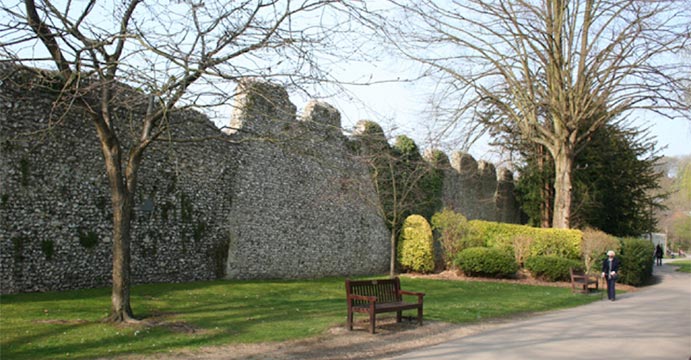
City walls, Winchester – Part of the walls of the medieval city at The Weirs, between Wolvesey Castle and the River Itchen – Image: Espresso Addict, Wikimedia Commons
Ironically, the historical appeal of this street lies in its name. Have you ever wondered who or what this street commemorates? (I’ll give you a hint: it’s not a gun manufacturer). The street was named after the town of Winchester in Hampshire, England.
Some might be thinking it has a British connection – typical of Westmount, but in fact, this choice of name is far more interesting than simply pulling a name from a map of England. The name was chosen because of the thousand year history of Winchester, the first capital of England, or more accurately, the capital of Wessex under the Saxon kings.
Winchester cathedral dates back to the 7th century, when the English monarchy embraced Christianity. The city is also the home of the 13th century “Great Hall,” once part of Winchester Castle, containing the mythical Arthurian Round Table. Some authors speculate that the city was King Arthur’s famed Camelot.
‘The street was named after the town of Winchester in Hampshire, England.’
The novelist Jane Austen died in Winchester and was buried at Winchester Cathedral in 1817. (Interestingly, Colin Firth, who portrayed Dr. Darcy in Pride and Prejudice, attended school in Winchester.), and in 1891, the poet John Keats stayed in Winchester, inspiring him to compose his well-known Ode To Autumn, based on his daily walks along the city’s streets and meadows.
As one can see, the street’s name contains a mosaic of stories, some of which have become a part of our lives. At this point, let us take a walk along Winchester Avenue and listen to some of the long-forgotten stories behind the homes that grace the street.
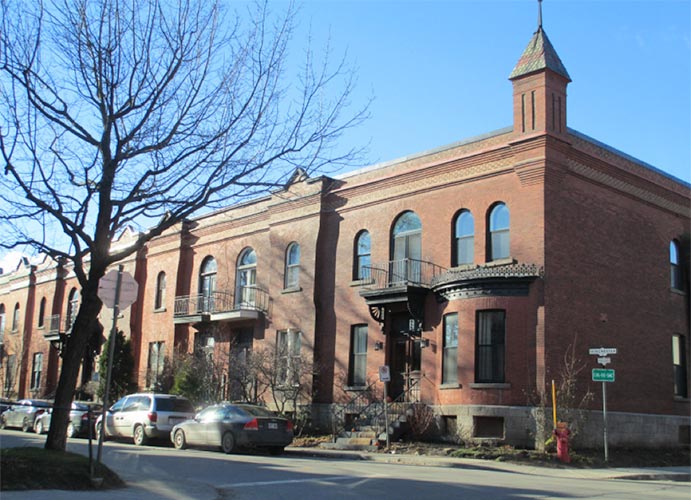
1 and 3 Winchester
1 Winchester
John A. Pitt, William Dow and Company (1901)
William Dow assumed ownership of the Dow Breweries in 1834. Under his leadership, the company had sixty plants and employed over one thousand workers. Dow Ale‘s popularity made it the best-selling beer in the province of Quebec. However, the company’s demise started in 1966 through a misguided public relations decision. Specifically, dozens of people were hospitalized in Quebec City with heart conditions related to their heavy beer consumption. Tragically, several died, leading consumers to conclude that a relation existed between Dow beer consumption and fatal heart disease.
Compounding this issue, the Canadian Medical Association found that cobalt sulphate was added to several Canadian beers as a chemical stabilizer. To alleviate concerns, the brewery dumped millions of gallons of beer in the Saint Lawrence River and ceased using replacements compounds as stabilizers. With no direct link between their products and what was called “beer poisoning,” their dumping of beer was seen as an admission of guilt. The company never recovered from this decision. By 1998, production ceased with the abandonment of their large brewery on Notre Dame Street.
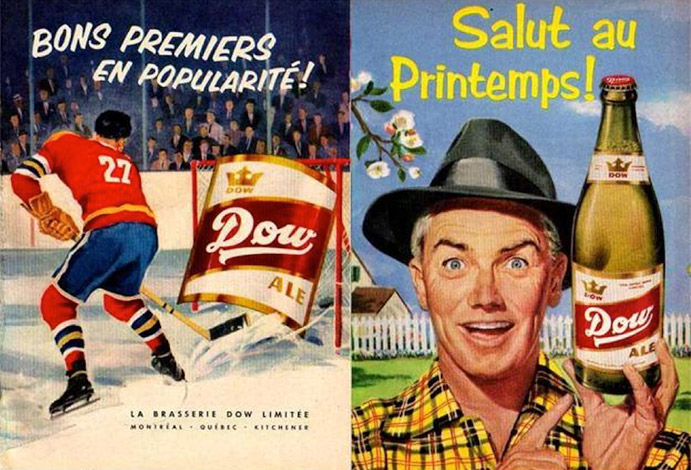
Dow Brewery advertisements (1957)
3 Winchester
Charles Salisbury, Travellers Insurance Company (1901)
5 Winchester
David Davis, cigar manufacturer (1935). He was the son of Z. Davis, who founded Z. Davis and Company, one of Canada’s earliest cigar manufacturing companies.
8 Winchester
Alexander B. L. Rimington, Sun Life Assurance Company of Canada (1950)
“Born in Calcutta, India… He was a member of an old English family dating back to at least 1553…”
– Montreal Gazette, March 2, 1950
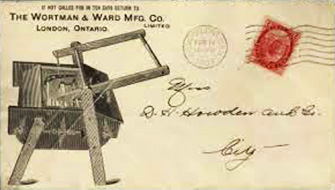
Postcard Wortman and Ward Manufacturing – Image: Vance Auctions Ltd.
11 Winchester
Walter J. Phelps, Manager, Wortman and Ward Manufacturing Company (1901)
Founded in 1886, the company manufactured hay forks, house and well pumps, windmills, disk harrows, feed grinders, and revolving barrel churns. Their foundry was in London Ontario, with an eastern branch at 60 McGill Street, Montreal.
William John Brownrigg Colley (1945)
Both he and his wife had been one of the first members of the Salvation Army in Montreal.
17 Winchester
Isaac R. F. Fisher (1939)
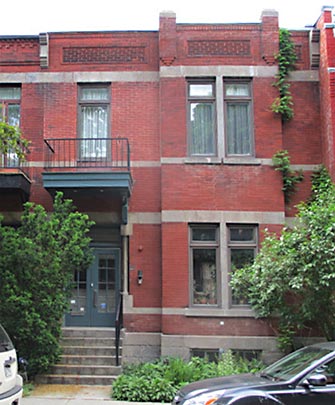
21 Winchester
“Badly burned all over the body when a can of tar which was being heated on her kitchen stove burst into flames and ignited her dress… Mrs. Elizabeth Anne Fisher, 68-year-old resident of Westmount died at the Montreal General Hospital last night… the victim’s husband placed the tar on the stove to melt so that he could use it to repair the roof of his house…”
– Montreal Gazette, October 10, 1939
Staff Sergeant John Hunter, Canadian Army
Killed in action, October 1944.
21 Winchester
John Keith Macdonald, machinist and blacksmith (1907)
Business located at 318 Craig Street West.
“Economic conference and other guests accommodated. Meals arranged. Liberal table. Ideal location. 21 Winchester.”
– Montreal Gazette, July 1932
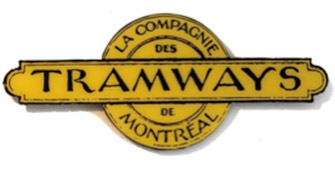 24 Winchester
24 Winchester
R. Seton Logan, engineer, Montreal Tramways Company and home of the Montreal Model Engineers Society (1938)
He gained attention by building a working scale model of Canadian Pacific’s “3100” locomotive. The replica of the 300-ton locomotive took over 4,000 hours to construct. The total weight was 122 pounds, the tender held nearly four gallons of water and seven pounds of coal.
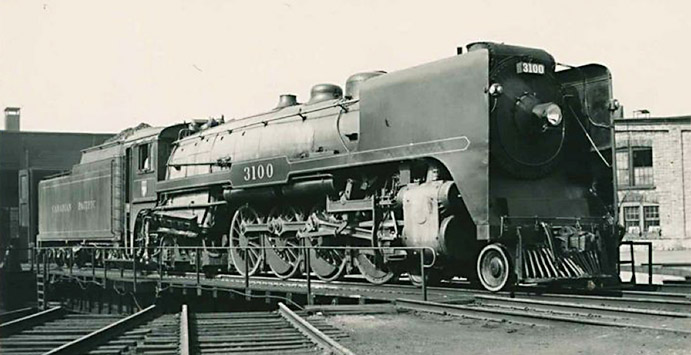
“3100” locomotive at Glen Yards (1948) – Image: Old Time Trains
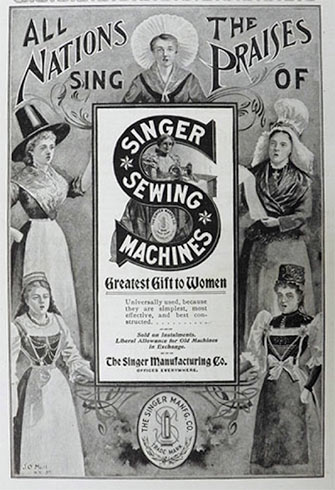
Singer Sewing Machines ad (1898)
25 Winchester
Levi P. Benoit, demonstrator, Eastman Kodak Company (1941)
29 Winchester
David Pollock, Mechanical Superintendent, Singer Manufacturing Company (1899)
Singer entered the Canadian market in 1885 with an office at 1675 Notre Dame Street and a factory located at 572 William Street.
Images: Michael Walsh, unless indicated otherwise
Read also other articles by Michael Walsh

Michael Walsh is a long-time Westmount resident. He is happily retired from nearly four decades in the field of higher education technology. A “professional student” by nature, his academic training, and publishing, include statistical methodology, mycology and animal psychology. During this period, he was also an officer in the Canadian Armed Forces. Prior to moving to Montreal, he was contracted by the Ontario Ministry of Education evaluating bilingual primary and secondary school programs. Today, he enjoys spending time with his (huge) Saint Bernard while discovering the city’s past and sharing stories of the majestic trees that grace the parks and streets. He can be contacted at michaelld2003 @hotmail.com or through his blog Westmount Overlooked

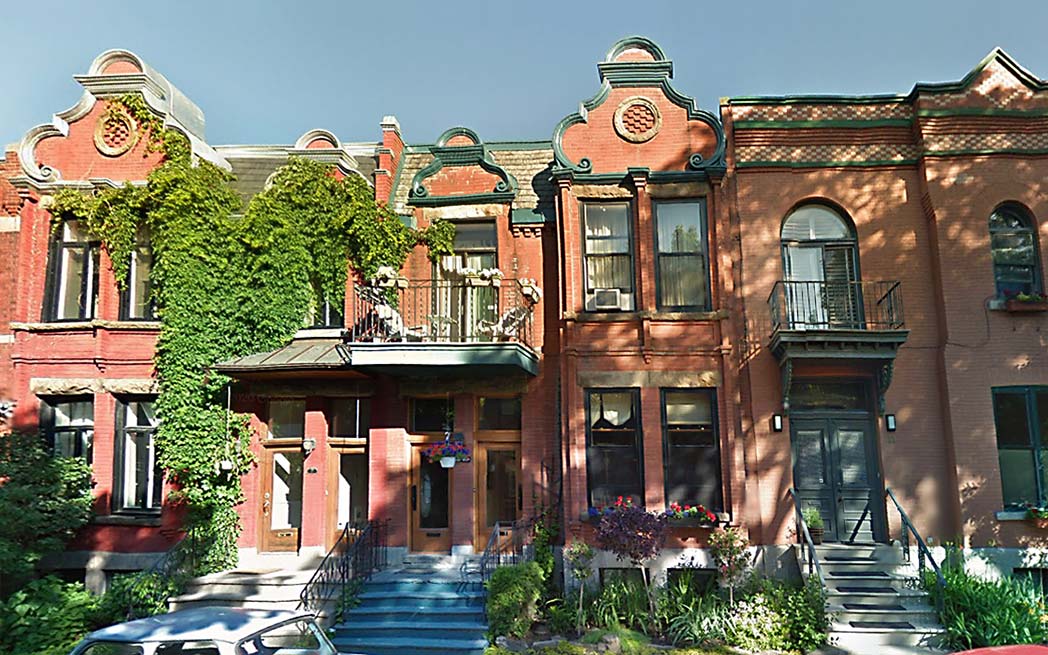

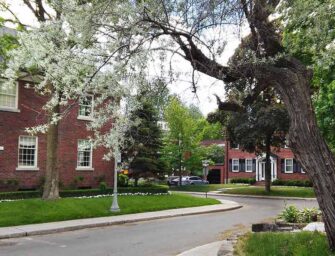



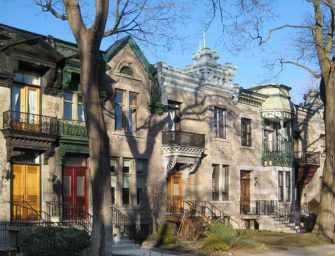


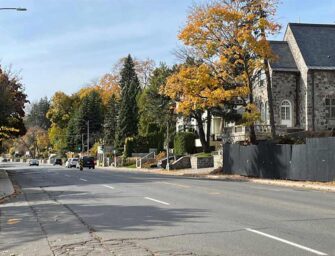



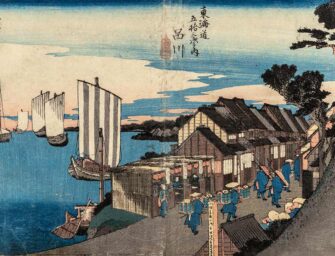






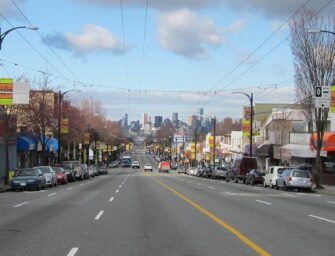
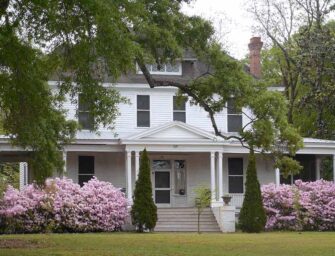



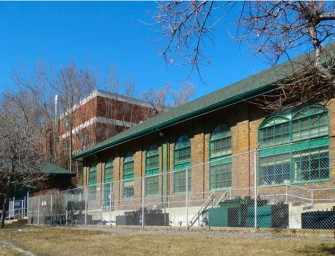
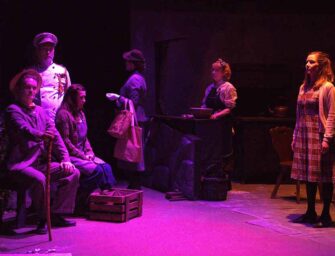

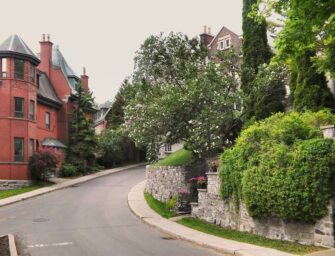

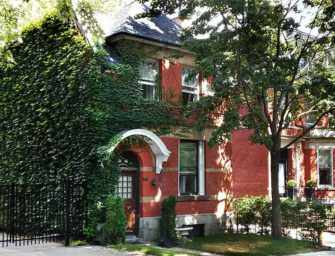
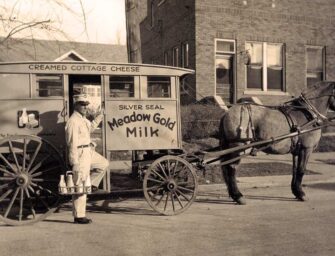


What a lovely piece complete with Jane Austen references